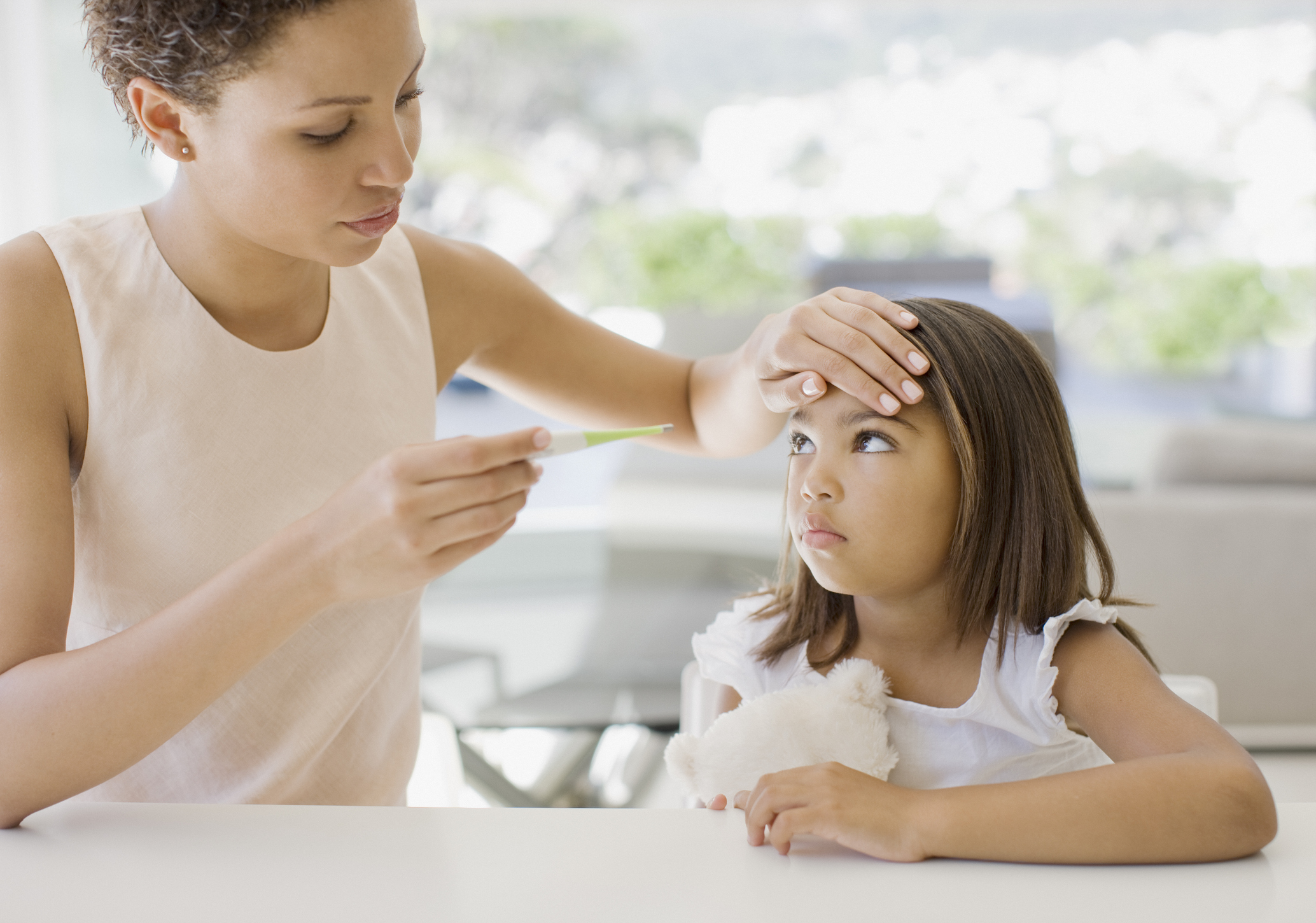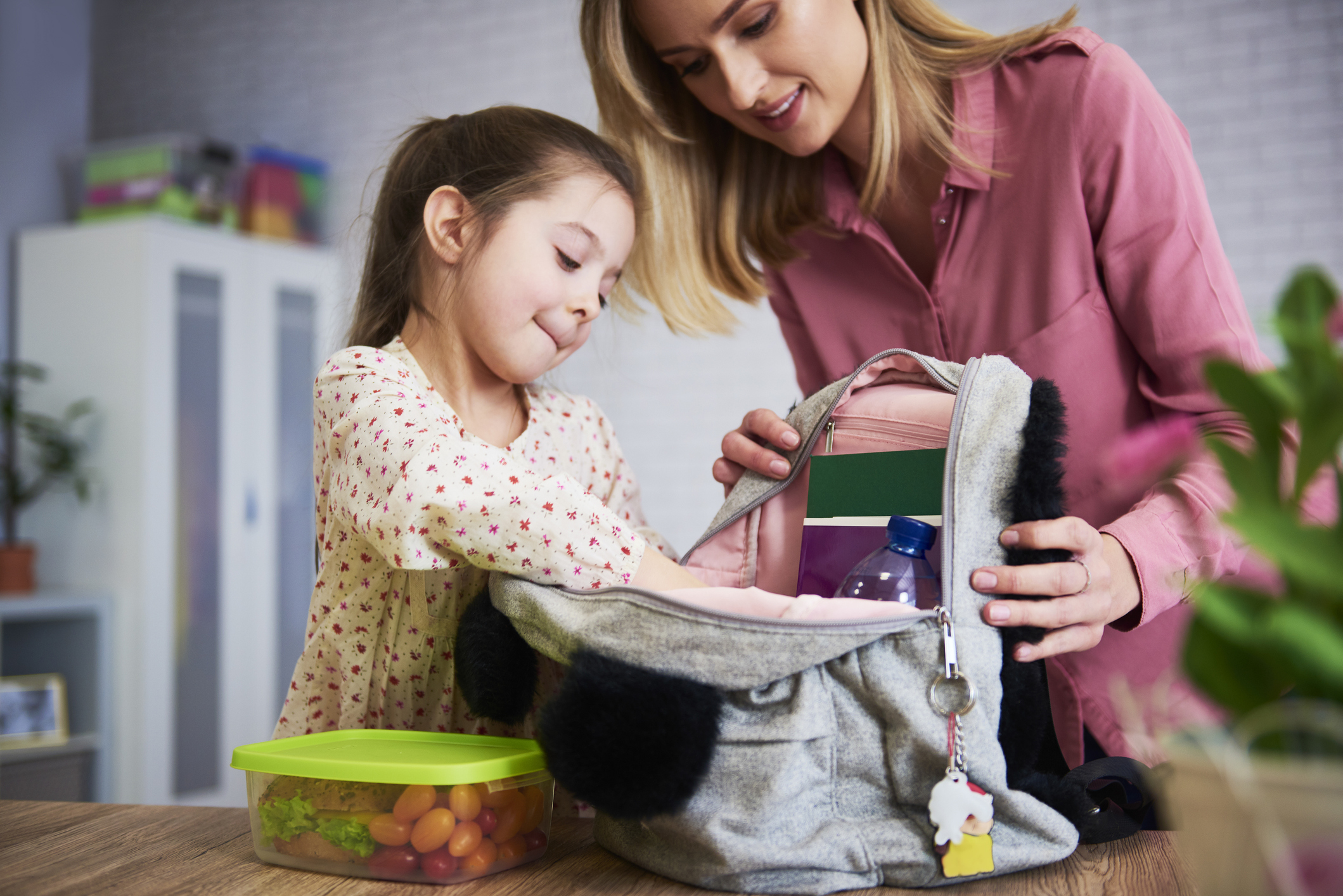By Beth Summers, MD, Pediatric Hospitalist
Contact your HRH primary care physician for information about flu shot clinics, or visit an Immediate Care Center to get your flu vaccine.
It happens every year: Kids go back to school, the weather gets cooler, and everyone starts spending a lot more time indoors. A few months later, there’s an increase in flu cases.
This year, the spread of flu will come atop continuing cases of the COVID-19 coronavirus. We’re getting better at treating COVID-19, and people are helping to slow its spread by practicing social distancing and wearing masks. But we’ll probably continue to see new coronavirus cases even as we see more flu. And this will make life more complicated for families, healthcare providers, employers and schools.
Two Illnesses, Similar Symptoms
Although COVID-19 is a new disease, it belongs to a family of coronaviruses that usually cause illnesses like the common cold. As the coronavirus spreads, we see many people with mild symptoms, but others who get very sick and need to be cared for in a hospital. Although most people recover, many have died. The reason health officials are concerned is because the virus is new, which makes it hard to predict how it will continue to affect people.
Flu is a contagious respiratory illness caused by influenza viruses that infect the nose, throat and lungs. It is different from colds or other coronaviruses and usually comes on suddenly. Each year, flu viruses cause millions of illnesses, hundreds of thousands of hospital stays and thousands or tens of thousands of deaths in the United States.
Symptoms of COVID-19 range from mild to severe. They generally begin 2–14 days after being exposed to the virus and often include cough and shortness of breath. At least two of these symptoms can also suggest a person has COVID-19: fever, chills, repeated shaking with chills, muscle pain, headache, sore throat and a new loss of taste or smell.
Flu symptoms can include fever, cough, sore throat, runny or stuffy nose, body aches, headache, chills, feeling tired and sometimes vomiting and diarrhea (more common in children than adults). Symptoms generally begin 1–4 days after infection. Keep in mind that some people who have flu will not have a fever.
What to Do if You Notice Symptoms
With so much overlap in symptoms, it’s not easy to say without testing whether a person is ill with COVID-19 or the flu. If you’re showing symptoms of COVID-19, contact your doctor to talk about getting tested, especially if you’re over 70 or have a serious medical condition like heart or lung disease (including asthma), diabetes, congenital heart conditions, weakened immune system or obesity.
If you don’t get tested or are awaiting a test result, limit close contact with others by practicing social distancing. This means staying home as much as possible and avoiding groups. If you must go out, the CDC recommends wearing a mask or cloth face covering (though masks are not recommended for children under the age of two because of the risk of suffocation).
Also, wash hands often with soap and water (for at least 20 seconds), disinfect frequently touched surfaces and cover coughs and sneezes with a tissue or your arm or sleeve. These practices, like social distancing, will help prevent the spread of both COVID-19 and flu.
How to Handle Back to School
The best way to protect your child from the flu is with a yearly flu vaccine. These vaccines are made using strict safety and production measures, and millions of people have safely received them for decades.
Flu shots and nasal spray flu vaccines are both options for vaccination. It is especially important that young children and children with certain long-term health problems get vaccinated. Caregivers of children at high risk of flu complications should also get a flu vaccine.
As yet, there is no vaccine against COVID-19. The CDC has offered guidance for schools to follow as they decide when and how to reopen, but currently it’s up to schools and school systems to make the decision that works best for their communities.
If your children are returning to in-person learning this fall, you can help keep the whole school safe by encouraging your kids to follow school rules for reopening and by keeping them home from school when they’re ill or you know they’ve been exposed to illness.
Staying Informed and Staying Healthy
When it comes to COVID-19, what we know about the virus — its risks, its spread and how best to treat it — changes week by week. That’s why it’s important to stay informed about the latest developments in your community. And keep taking care of your health. If you or a loved one is feeling sick, or need a flu shot, we offer same-day in-person and virtual appointments.
All information about COVID-19 and flu were obtained from the following websites, which also provide additional information and resources:





